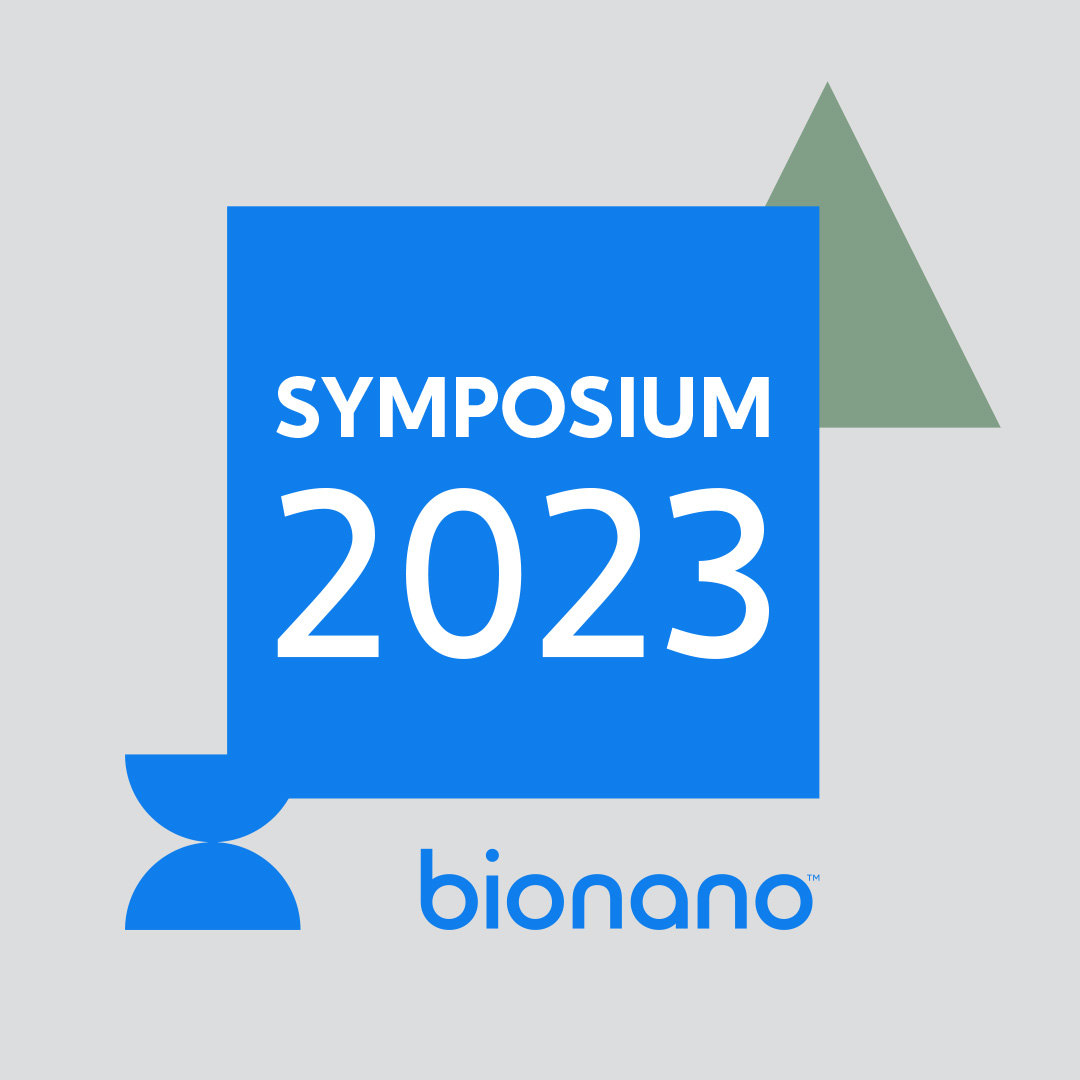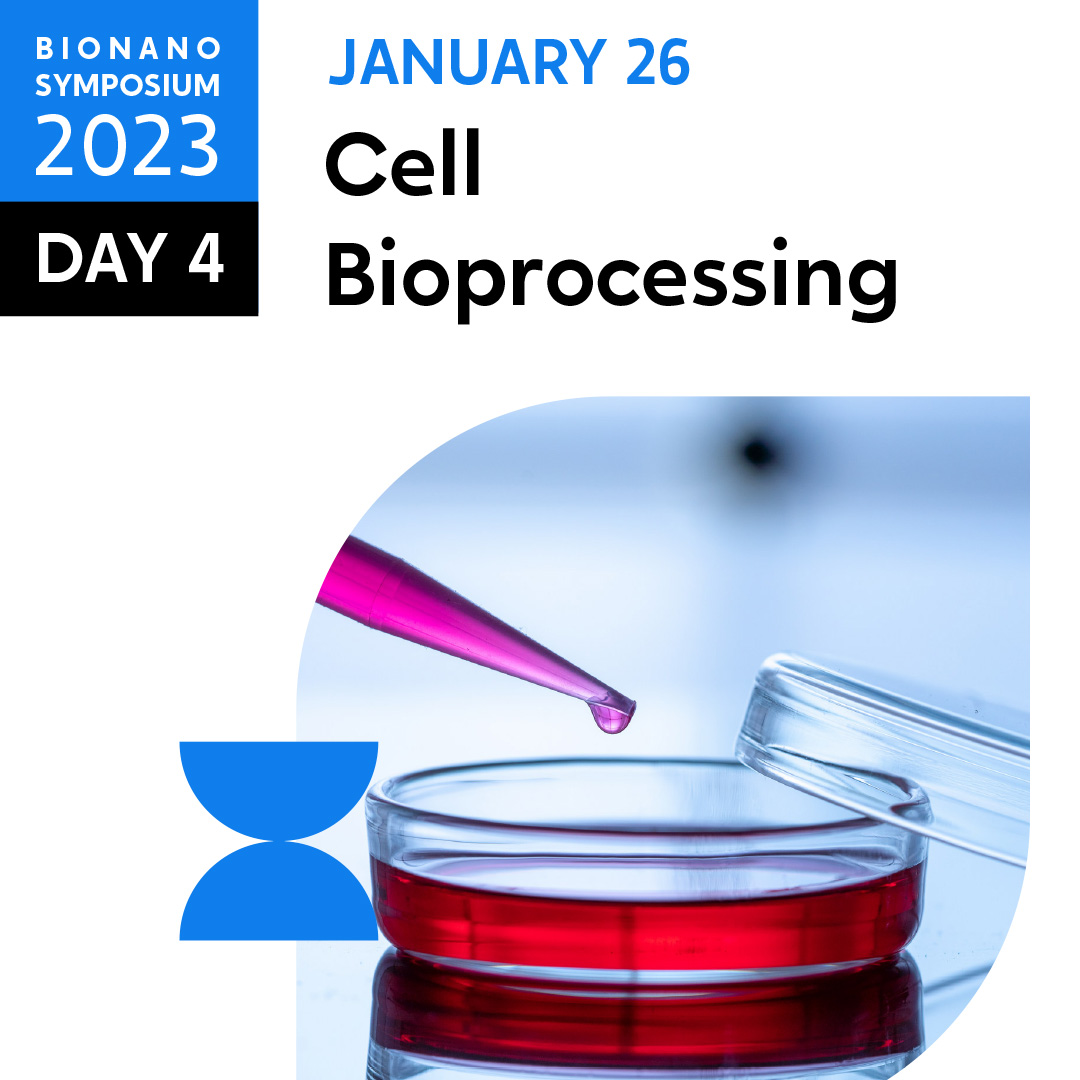Optical Genome Mapping (OGM) uses the Saphyr system, an all-in-one workflow from sample collection to analysis, to detect structural variants for discovery and clinical research.
What is Structural Variation?
Structural variation is the variation in the structure of an organism’s chromosomes.1 The human genome has structural variants that traditionally have been detected with cytogenomic technology, including large deletions, duplications, copy-number variants, inversions, and translocations.2
Genomic structural variations range in size from a couple hundred basepairs to entire chromosome duplications and deletions.3 Until relatively recently, karyotyping methods could only detect variants larger than millions of basepairs. Now, thanks to technological advancements in genomics technologies, scientists can accurately assess smaller variants.4
People can carry many structural variants in their genomes, where large DNA segments are duplicated, deleted, inverted, or changed. In some cases, there are no detrimental health effects. However, these genomic structural variants are increasingly associated with disease.5 They drive genetic diversity but also contribute to genetic disease.
How to detect structural variation through OGM
OGM starts with mega-base size DNA isolation. A single enzymatic reaction labels the genome at a specific sequence motif occurring approximately 15 times per 100 kbp in the human genome. The long, labeled DNA molecules are linearized in nanochannel arrays on a chip and imaged in an extremely high throughput, automated manner by Saphyr. Using pairwise alignments, the molecules are assembled into local maps or whole-genome de novo assemblies. Changes in patterning or spacing of the labels are detected automatically, genome-wide, to call all structural variants. Watch this short video to learn more about Bionano’s technology and workflow.
Why using optical genome mapping is more effective for structural variation detection
Most higher organisms have repetitive genomes, and many repeats are inaccessible to traditional sequencing techniques. Structural Variants are frequently flanked by repetitive sequences, which are difficult or impossible for current sequencing technologies to decipher.
Next-generation sequencing (NGS) relies on short-read sequences that are mapped to a reference human genome. It fails to identify most large insertions, deletions, and copy-number variations in the 2/3rds of the genome that is repetitive. Also, NGS does not reliably detect balanced structural variants such as inversions and translocations. 6
Saphyr detects structural variations ranging from 500 bp to mega-base pairs in length, all the way up to aneuploidies, and offers assembly and discovery algorithms that far outperform sequencing-based technologies in sensitivity. Bionano Optical Genome Mapping reveals structural variants with up to 99% sensitivity, and at allele fractions as low as 1%, which is not possible using other genomics technology. It discovers the variants that are missed with one powerful workflow.
Are you interested in speaking with a Bionano expert? Contact Bionano Genomics and discover what Saphyr can do for your research.
References:
- Overview of Structural Variation. Ncbi.nlm.nih.gov. https://www.ncbi.nlm.nih.gov/dbvar/content/overview/. Published 2021. Accessed January 6, 2021.
- Feuk L, Carson A, Scherer S. Structural variation in the human genome. Nature Reviews Genetics. 2006;7(2):85-97. doi:10.1038/nrg1767
- Kosugi S, Momozawa Y, Liu X, Terao C, Kubo M, Kamatani Y. Comprehensive evaluation of structural variation detection algorithms for whole genome sequencing. Genome Biol. 2019;20(1). doi:10.1186/s13059-019-1720-5
- Structural Variations in Genomes: Ecological and Evolutionary Implications. Frontiers. https://www.frontiersin.org/research-topics/1412/structural-variations-in-genomes-ecological-and-evolutionary-implications. Published 2021. Accessed January 6, 2021.
- Wanner M. A closer look at structural variants in the genome. The Jackson Laboratory. https://www.jax.org/news-and-insights/2019/march/a-closer-look-at-structural-variants-in-the-genome#. Published 2021. Accessed January 6, 2021.
- Genome-wide detection of all structural variants. Bionana Genomics; 2020. http://bionano-old.https://bionano.com/C:\xampp2\htdocs\bionanogenomics/wp-content/uploads/2020/04/Bioano-Genomics-Genetic-Diseases-Case-Studies.pdf. Accessed January 6, 2021.



